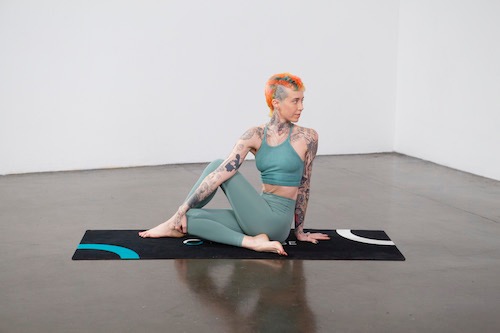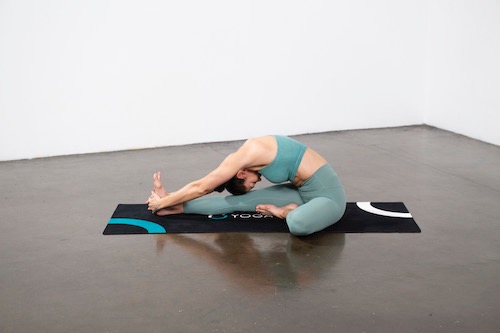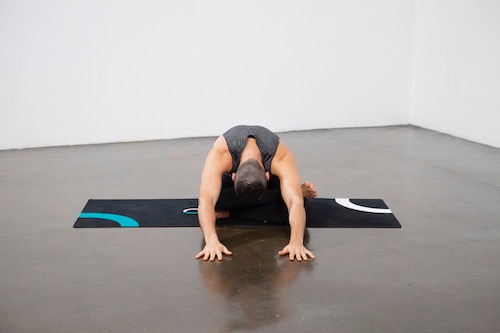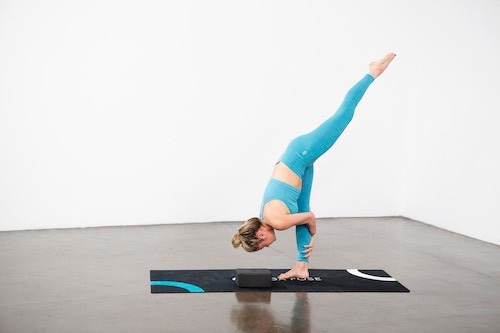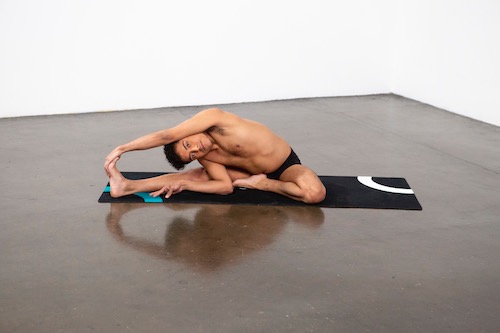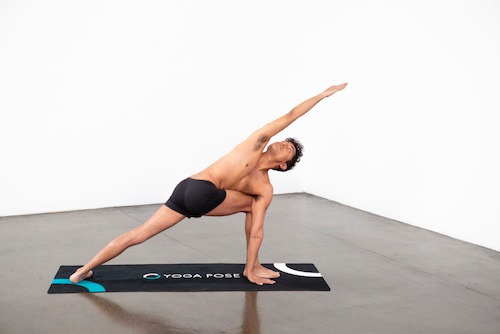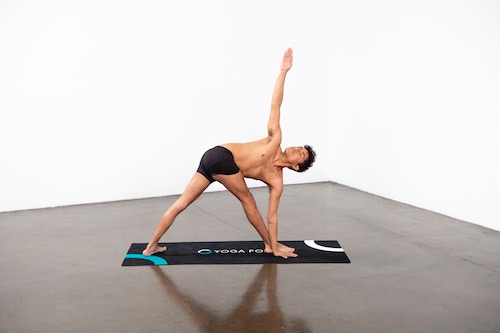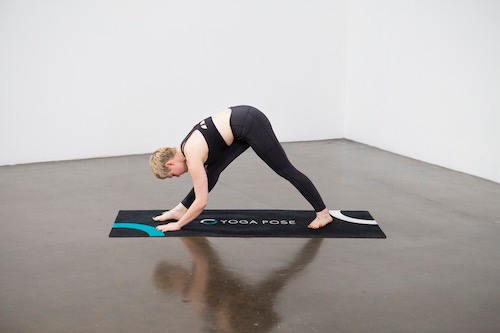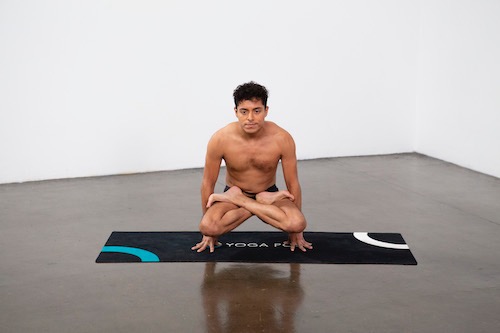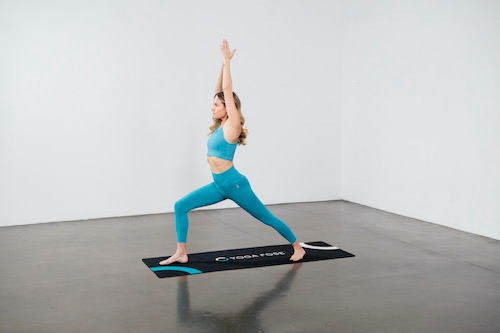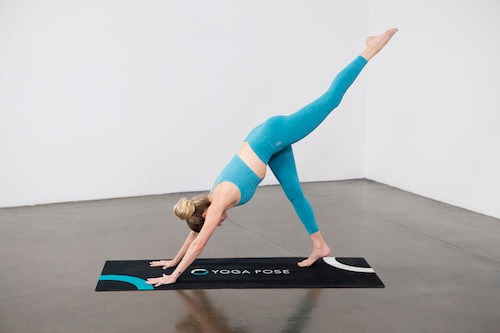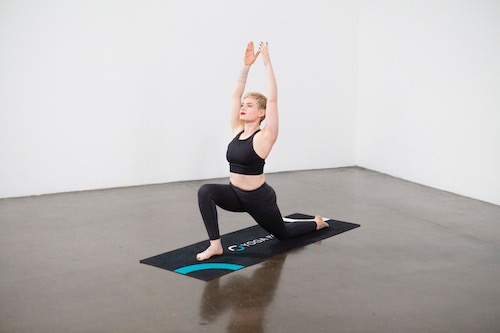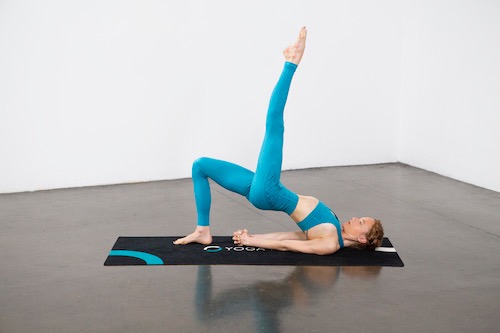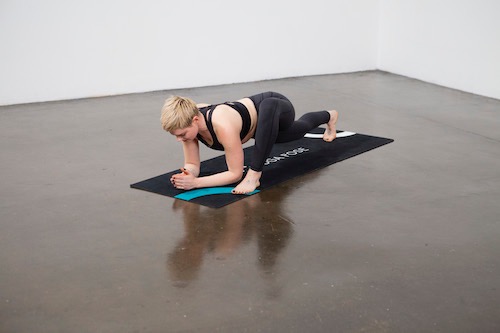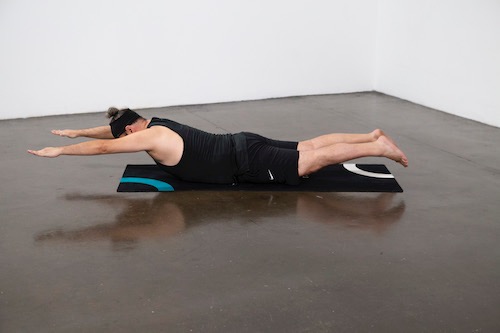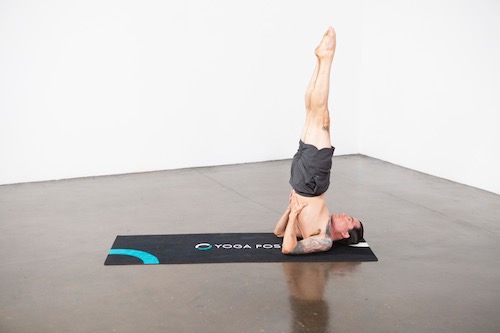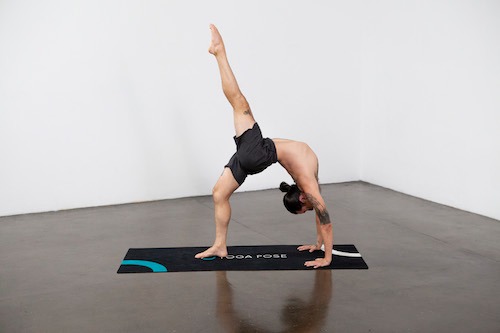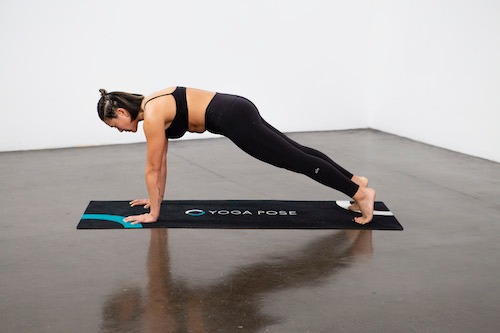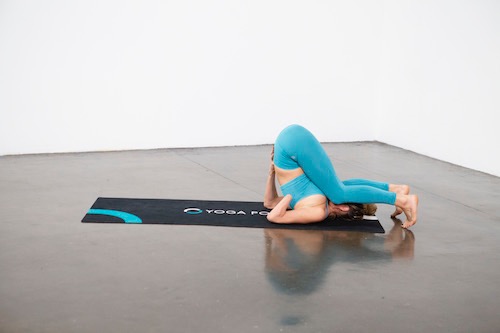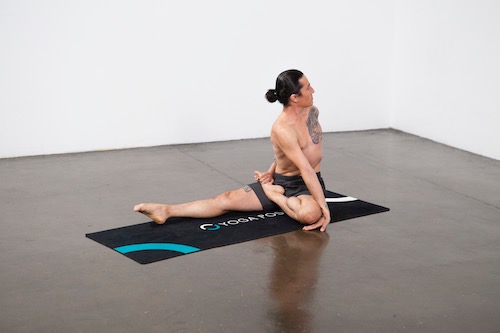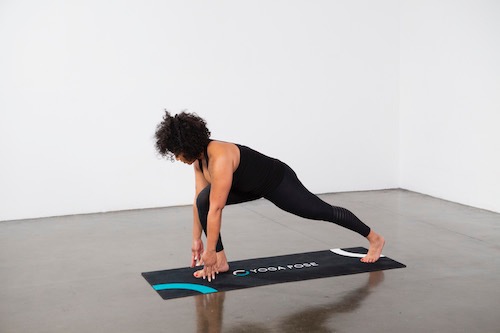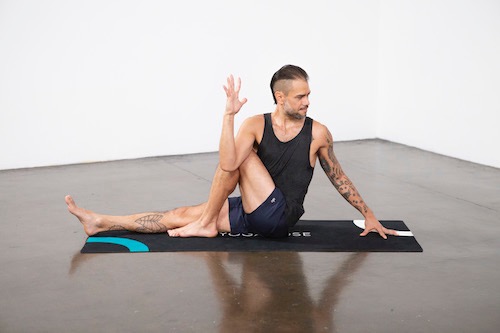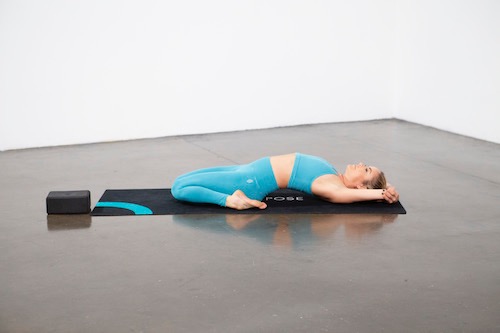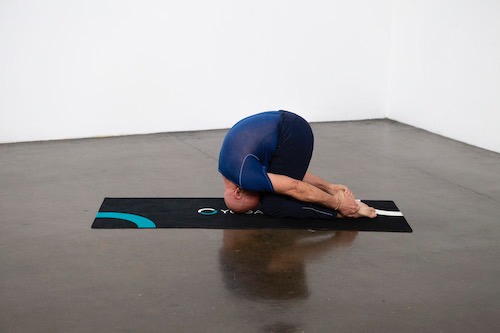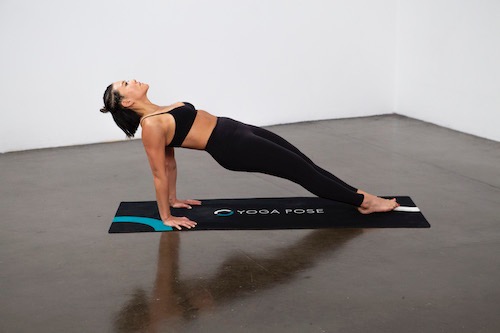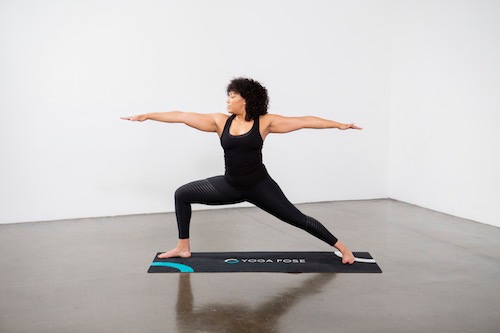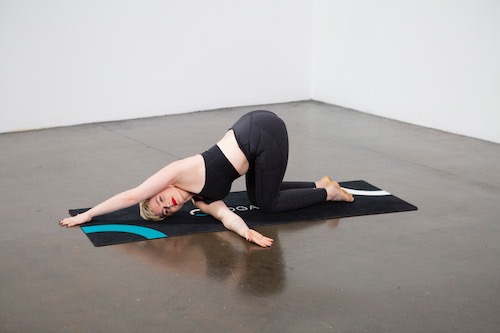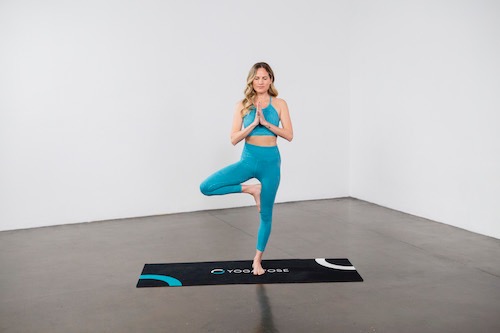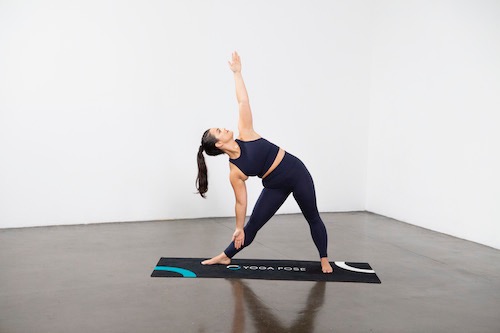Yoga poses for ...
Intermediate Yoga Poses
Intermediate Yoga Poses
Once you've mastered the fundamentals of yoga, you might seek the thrill of a new challenge. It's time to start doing intermediate yoga positions regularly. These exercises will help you improve your yoga skills while also increasing your strength so you can do more.
Yoga can be scary, especially for those who are new to it. When you walk into a posh studio and see someone doing an advanced position, you think to yourself, "Forget this, I'm outta here." In a yoga class, being a beginner may be daunting, demeaning, and embarrassing all at once. You may come to yoga for various reasons, such as to improve strength, flexibility, balance, and calmness. These advantages can be achieved by regular yoga practice, but they are not necessary to attend a class or begin a home practice. The important thing is to get started. Work with your body and respect what it is capable of, whatever that is. It's a terrific feeling to finally conquer a difficult pose after months of practice. Intermediate poses challenge you to go deeper into your basic practice by requiring more of you: more strength, better balance, increased concentration, and a higher level of danger. It feels great to be able to master intermediate positions. Inversions, backbends, and arm balancing postures are among the more advanced positions introduced in intermediate yoga. You can be proud of the effort you've made when you're entirely balanced on your arms or sitting solidly on just your sit bones, relying exclusively on your core for support. Now you can look forward to even greater accomplishments as your practice advances.
Once you've mastered intermediate poses like Lord of the Fishes, Head-to-Knee Forward Bend, Fire Log Pose, Standing Split Pose, and Upward Plank Pose, you'll find yourself getting more in tune with your body and intuition. Enjoy yourself, and remember to listen to your body and take your time.
